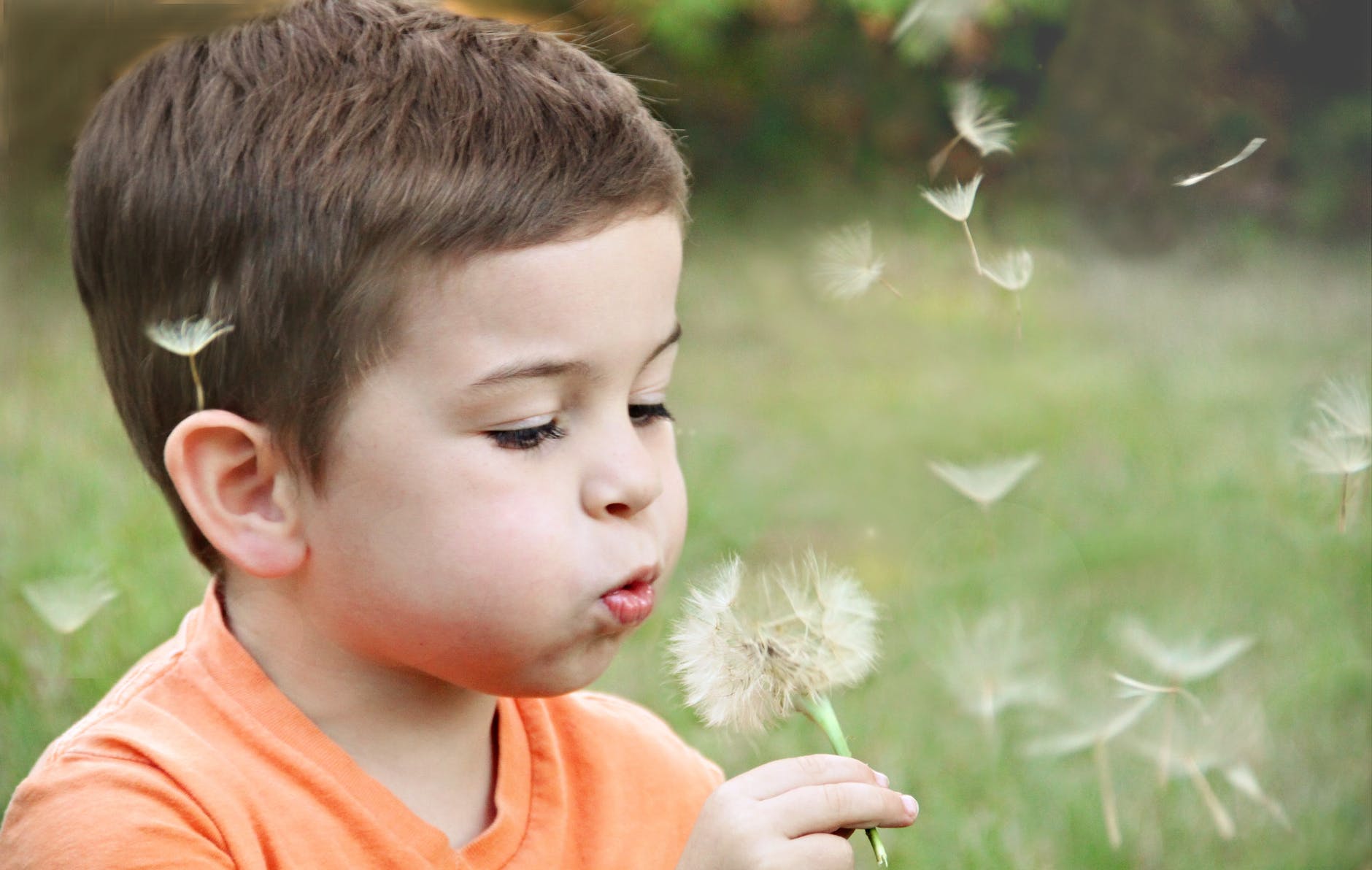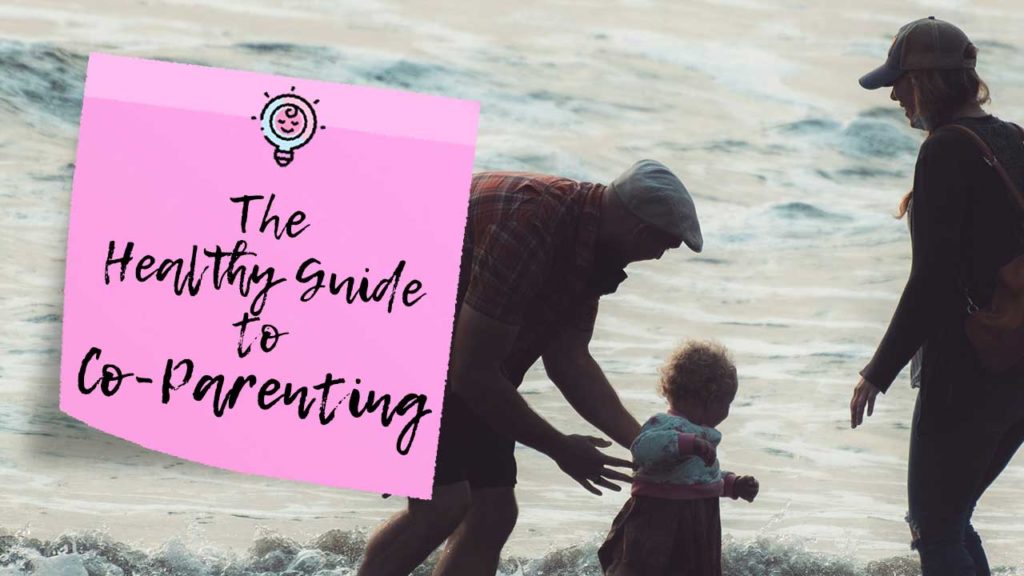Early childhood development relies heavily on the shoulders of the parents. The parents help their children achieve each developmental milestone, whether physical, emotional, or social. In an ideal world, each child is fostered by two doting parents. However, that is not the case. What happens then when the parents choose to divorce? Find out in this helpful guide to co-parenting.
What is Co-parenting?
When relationships turn the worse and eventually crash on the rocks, divorce is always an available option. The next steps after or during the divorce process zeroes in on how to continually provide gentle parenting amidst child custody battles. The goal now of the adults is to practice effective co-parenting arrangements.

When both parents are committed to maintaining an active relationship with their children, a co-parenting arrangement is necessary. This is the best way to provide for and meet the needs of the children. A healthy arrangement does not only cover the physical needs of the child. It also takes into consideration the emotional and social needs of the child. However, one should always remember that co-parenting is only possible when both adults are willing. Working with an absent or abusive parent will turn the situation sour.
How to Practice Effective Co-parenting Strategies
The situation after the divorce varies greatly. Some ex-couples can remain, friends, because they were friends in the first place. On the flip side, there are others who are dating someone with kids or co-parenting. Either way, respect still remains in the relationship. So, how do you make co-parenting strategies work despite the post-divorce situation?
1. Explain the Situation
Parents feel a crippling fear when told that they should explain the divorce situation to their children. The fear of breaking the image of familial love creeps in but the children need to know. You do not need to go into the nitty-gritty details of the divorce. The least you can do for them is to make them understand that their parents are not going to live together anymore. This is a daunting task, an even more difficult first step, but this will make the succeeding measures easier.
More than anyone else, you know the best ways of communicating with your child. A common mistake that parents make when they announce their decision is that they make it too dramatic and too emotional for the child to comprehend. It is best when both parents take turns in explaining the entire situation calmly. Keep in mind that the children have a mind of their own, they will understand.
2. Be Present for Your Kids
A misconception about co-parenting is that one’s physical presence is enough for the child. However, this presence does not cut it if you are detached from your child’s current situation. Even if you stay in the house with your child for several hours within a day, it would not matter much if a connection was not built. You need to be emotionally present for your children. Seven hours of being together without any sort of interaction do not even compare to two hours of quality time with them.
Being an absentee father or mother will only bring in regrets in the future.
Avoid wallowing in regrets regarding parenthood by making time and being involved in your children’s lives early on.

3. Separate Feelings from Behaviour
Co-parenting after a divorce can be quite a struggle. Some adults may be co-parenting with an ex who was absent for quite some time thus not knowing their child very well. Even if this is the case, as a responsible parent, both of you must know how to separate your feelings from behavior. Keep in mind that children are like sponges—they absorb almost everything that they observe—hostile actions and relations included.
Friends, therapists, and other professionals are available if you ever need to vent out your emotions brought about by the situation. Venting and directing the negative emotions to your children will never result in something good.
4. Maintain Open Communication
The phrase “Communication is key” may be the most used and battered tip when it comes to these kinds of situations but it is for good reason. Healthy communication between parents is a necessary foundation for co-parenting with an ex-partner. Communication is also highly necessary during the custody battle—not just between the parents but among the children as well.
Healthy and constant communication will not only ease and avoid co-parenting struggles but it will also set co-parenting boundaries. Boundaries are especially needed among parents who decided to raise their children but remain disengaged from each other—parallel parenting. It is also important to note that other adults surrounding the child must follow the boundaries. The adults should also aim to provide similar parenting styles for the children to help with their transition.

5. Be A Team
When you are on good talking terms with your ex-partner, it is easier to work as a team. Although they may be hurt and other negative emotions because of the divorce or from the custody battles, always keep in mind that both parties are affected. So, be the team that your children need. Parents who were granted with a joint custody arrangement might find working as a team easier among others. Healthy and open communication must still be at the core of this arrangement. Being a team means providing consistency for the children. Consistent parenting styles, disciplinary actions, and co-parenting styles make it easier for the child to adjust.
6. Make Transitions Easy
The entire affair can be quite stressful for everyone, especially for the children who need to spend time in both parents’ households. The best thing to do is to help the child anticipate the visitation. Remind them a day or two days before, help them pack, and drop them off. Always remember to drop them off on time. It also helps to practice a routine every time the child arrives at your home. Everyone is excited about some kind of routine or something that they can look forward to every visitation schedule. It can also be your special bonding moment. Falling into a schedule also provides a sense of organization thus reducing stress.
The most important thing that is needed for every visitation and transition is to provide the children their own time and space to adjust. Even if you think that you know what is best for them and aim to provide everything to make their life easier, your children might want time to adjust to the current situation on their own. The time and space provide them time to think and breathe.
7. Let Children Be Children
The children caught in the divorce are not victims nor hostages to the situation. They are simply children who need the presence of their parents. Everyone surrounding them should treat them as such. Let the children continue their routines, do not pull them out from experiences and activities because it reminds you so much of your previous partner. Do not involve your children in issues that the adults are responsible for.
Let your children remember their childhood as something fun and something worth remembering, rather than a series of negative experiences brought by tiring custody battles.

8. Continue to Learn More About Parenting
The co-parenting strategies that may be effective for your children may no longer be effective when they become teenagers. As parents, you may also enter into future relationships that may affect your relationship with your children. As a way to keep up with the needs of your children, continue to learn more about co-parenting. Maintain open communication with your ex-partner to discuss how you need to change your parenting style or co-parenting boundaries. Also, you might also need to learn more about how to resolve co-parenting struggles.
Continuous learning about co-parenting also means seeking out both formal and informal sources of co-parenting support. You need to have adequate support from friends, family, and, even, professionals to support your children.
Parenting is never an easy task. It is a role that you cannot resign from. This truth does not change for divorced parents. Divorced parents co-parenting is like an upgraded version of parenting equipped with more struggles and trials. Nevertheless, it maintains the goal of providing the best possible support and life for the children.

FAQs
1. What are the characteristics of effective co-parenting?
The effectiveness of co-parenting cannot be measured by one simple matrix or formula. Regardless of the characteristics, the ultimate goal of effective co-parenting is to develop and foster a warm and supportive environment for the children and not letting any negative emotion toward your ex-partner or spouse get in the way.
2. What are the long term effects of co-parenting?
Properly executed co-parenting strategies lead to several long-term positive effects for the children, such as developing positive behaviors and socio-emotional development becomes well-balanced. The children also develop a practice of open communication among peers. Most importantly, the children are able to maintain positive and strong relationships with both parents.
3. Should divorced parents spend time together for their children?
Spending time with an ex-spouse for their children may deliver immediate positive outcomes, it is still not advisable. Regardless of the comfort and warmth that it provides, it is undeniable that the parents have their issues outside the boundaries they have set for co-parenting. Spending much time together without resolving the issues may lead to negative long term effects. It may also affect their progress with their children.

